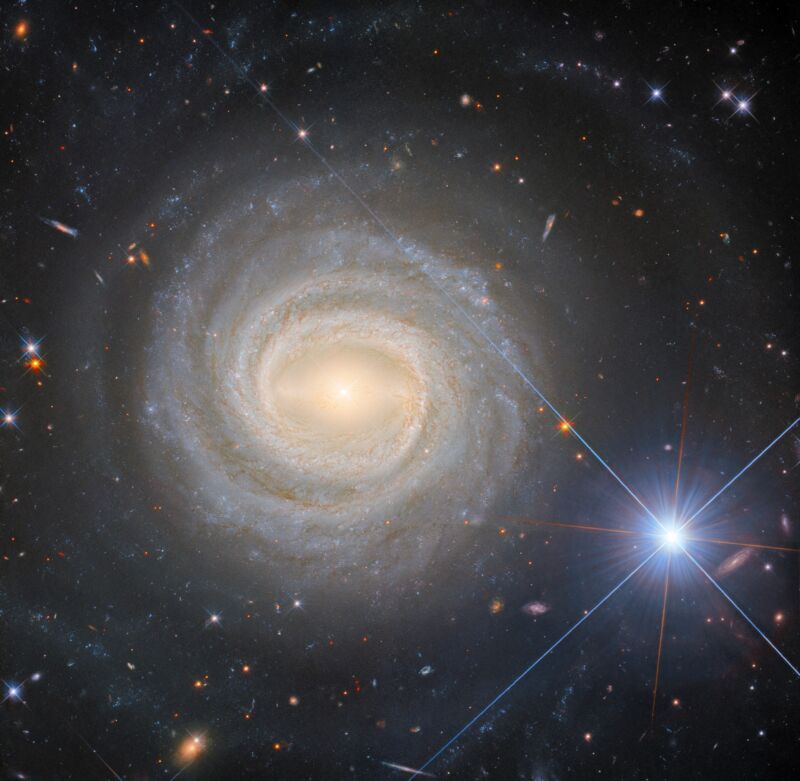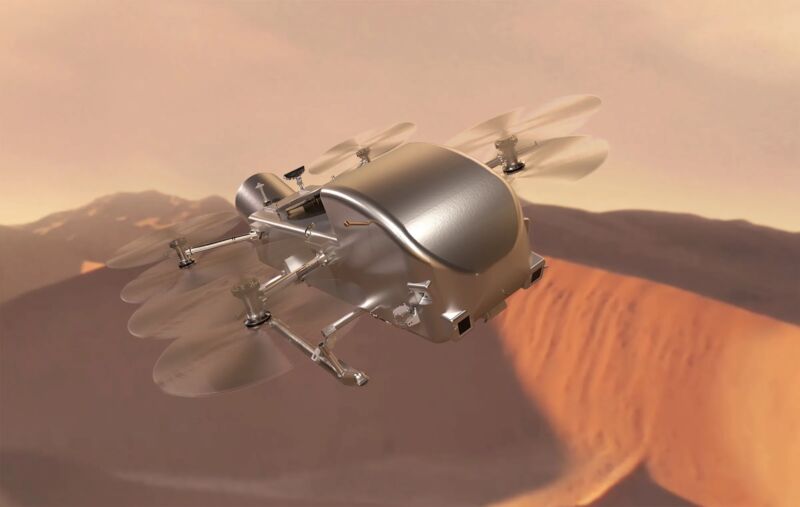-
 chevron_right
chevron_right
Rocket Report: SLS workforce cuts; New Glenn launch to launch in the early fall
news.movim.eu / ArsTechnica · 11:00 · 1 minute

Enlarge / The flight hardware core stage for Europe’s new rocket, Ariane 6, is moved onto the launch pad for the first time this week. A launch is possible some time this summer. (credit: ESA-M. Pédoussaut)
Welcome to Edition 6.41 of the Rocket Report! As I finish up this edition I'm listening to the post-Flight Readiness Review news conference for Boeing's Crew Flight Test. It sounds like everything remains on track for a launch attempt on May 6, at 10:34 pm ET. It's exciting to see this important milestone for Boeing and the US human spaceflight program so near to hand.
As always, we welcome reader submissions , and if you don't want to miss an issue, please subscribe using the box below (the form will not appear on AMP-enabled versions of the site). Each report will include information on small-, medium-, and heavy-lift rockets as well as a quick look ahead at the next three launches on the calendar.

Shetland spaceport advancing toward launch . SaxaVord Spaceport in Scotland is on track to launch the United Kingdom’s first vertical rocket into orbit, the BBC reports . The Civil Aviation Authority has granted a range license to the Scottish spaceport, which will allow the company to control the sea and airspace during launch. Previously, the site received a spaceport license in December 2023. Ambitiously, the facility aims to launch up to 30 rockets every year.





